You’ve probably wondered why there is so much debate about whether yeast is vegan or not. Let’s dive right into it. But first things first... what is yeast?
Jump to:
What is yeast?
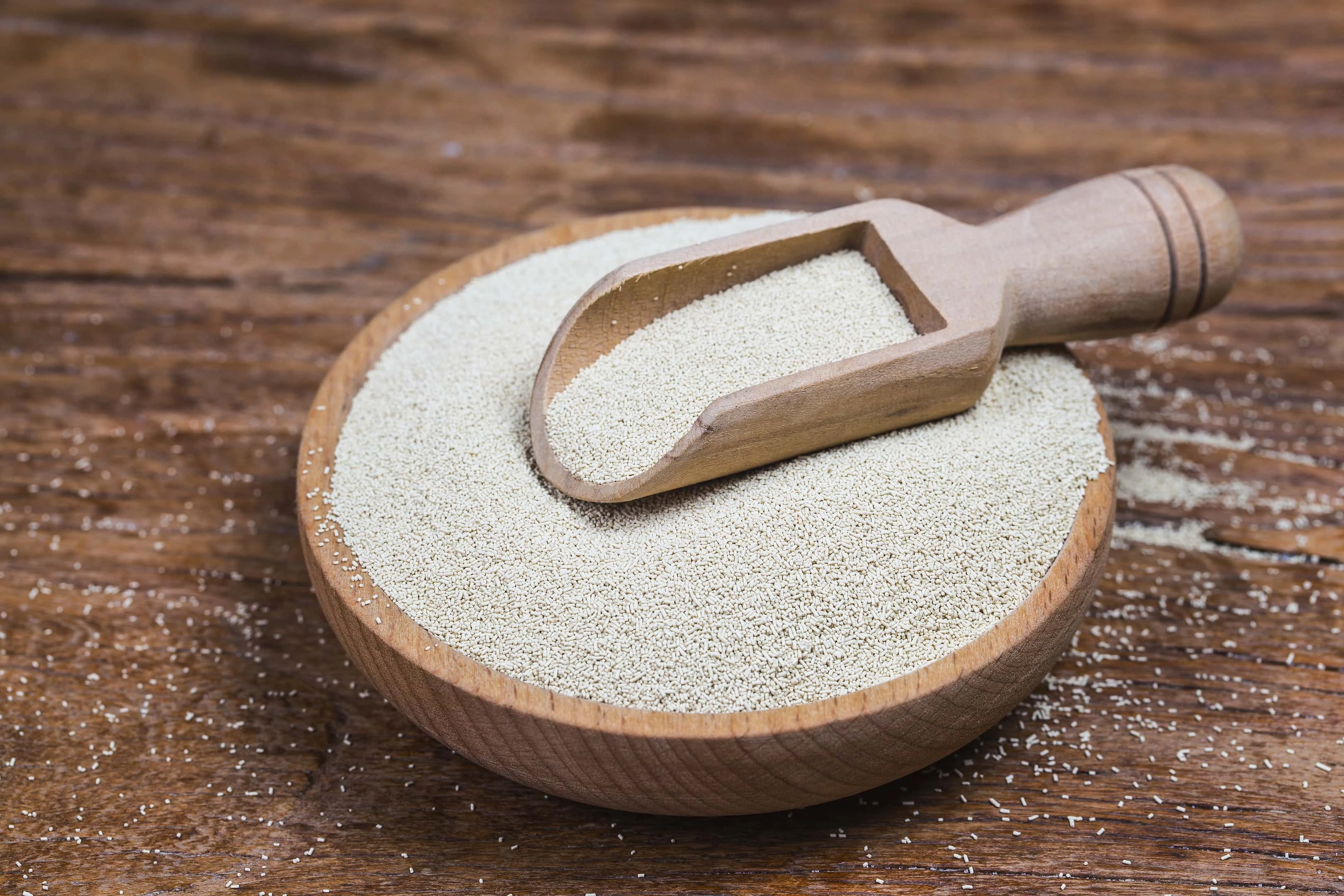
Yeast is a single-celled eukaryotic organism, belonging to the species of Saccharomyces cerevisiae (S. cerevisiae), which is a fungus. More than 1,500 species of yeast exist; they are found naturally in soil and marine environments, on plant leaves and flowers, on the surface of the skin, and in the gastrointestinal tract of animals. Yeast requires moisture, warmth, and food to grow. It is commonly used in the production of bread, beer, wine, cheese, and condiments, among others. For bread making, yeast functions as a leavening agent, helping bread to rise by producing carbon dioxide (CO2). For beer making, yeast utilizes sugar and starch to produce CO2 and ethanol (alcohol). In cheese production, yeast is used to influence how the cheese ripens and adds flavor, color, and texture, e.g., yeast forms holes in Camembert cheese.
Types of yeast
There are many types of yeast available. Yeast is generally not consumed raw as it can cause bloating, diarrhea, bad breath, mouth sores, itchy rashes and increase the risk of fungal infections (except for S. boulardii, a probiotic yeast). Mostly, yeast is used in food and beverage production. They include:
- Brewer’s yeast — Derived from S. cerevisiae, this live yeast is typically used in beer making. It is killed during the brewing process. The dead brewer’s yeast cells can be consumed as a food supplement in tablet or powder form, as it is rich in amino acids, B vitamins, potassium, calcium, phosphorus, and chromium.
- Baker’s yeast — Derived from S. cerevisiae, this live yeast helps breads and other baked goods to rise and gives them a yeasty flavor. It is killed during the baking process.
- Nutritional yeast — Derived from an inactive S. cerevisiae culture, this yeast adds a nutty, cheesy, or savory flavor to foods.
- Torula yeast — is derived from an inactive culture of Candida utilis yeast. It turns wood into paper, is used in the production of dog food, and can add a smoky, umami, or meaty flavor to human foods.
- Yeast extract — Derived from an inactive S. cerevisiae culture, it is a food flavoring that adds umami flavor to packaged foods and is also used to make spreads such as Marmite and Vegemite. Yeast extract does not grow naturally but rather is extracted in a lab. It is rich in chromium, which helps to maintain low insulin levels and manage diabetes. It also has good amounts of phosphorus, manganese, copper, zinc, and lithium.
Does yeast provide nutritional benefits?
Yeast is naturally abundant in B vitamins, which is often lacking in the vegan diet, and it is sometimes fortified with additional nutrients.
Why are some vegans concerned about yeast?
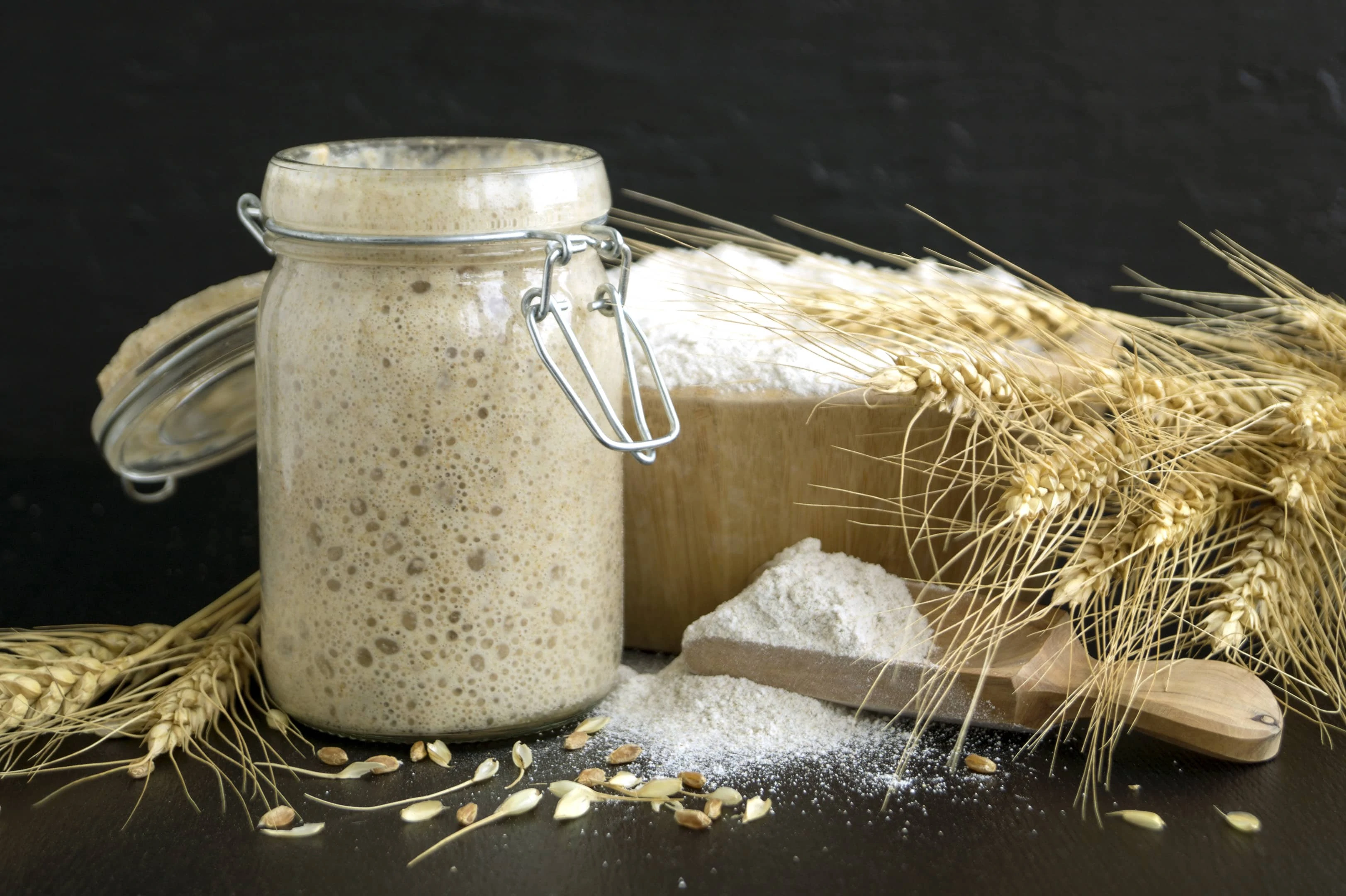
Veganism involves the removal of animal-derived foods from the diet (meat, fish, honey), and in some cases the complete avoidance of animal products, e.g., leather, and wool. Although it's not possible to be 100% vegan, vegans who strive towards the Level 5 vegan classification may question the presence of yeast in their diet. Level 5 vegan is considered the strictest level of veganism, and some may argue that yeast is a living organism and so should not be consumed.
Here’s the answer you’ve been waiting for
Just because yeast is 'alive' doesn't make it an animal. As mentioned above, yeast is a fungus. Similarly, mushrooms are also classified as fungi and are referred to as vegetables as opposed to animal products. In the same sense, yeast is not an animal and therefore should not influence the ethical concerns of vegans. Although yeast multiplies and grow, they do not move around or reproduce sexually, and hence cannot be animals.
For vegans worried about the infliction of pain, yeast does not suffer when going through the fermentation process, as they lack a brain or nervous system to feel pain since they are not animals. If a food product is not vegan, e.g., some types of bread, wines, muffins, cereal products, it is not because of the yeast. Other ingredients in the food can affect the vegan status of the food. Furthermore, the PETA organization (People for the Ethical Treatment of Animals) concluded that yeast (all types) is safe for consumption by vegans. To summarize, yeast is a vegan-friendly fungus that does not suffer, feel pain, or experience cruelty/exploitation!
The vegan alternative — nutritional yeast
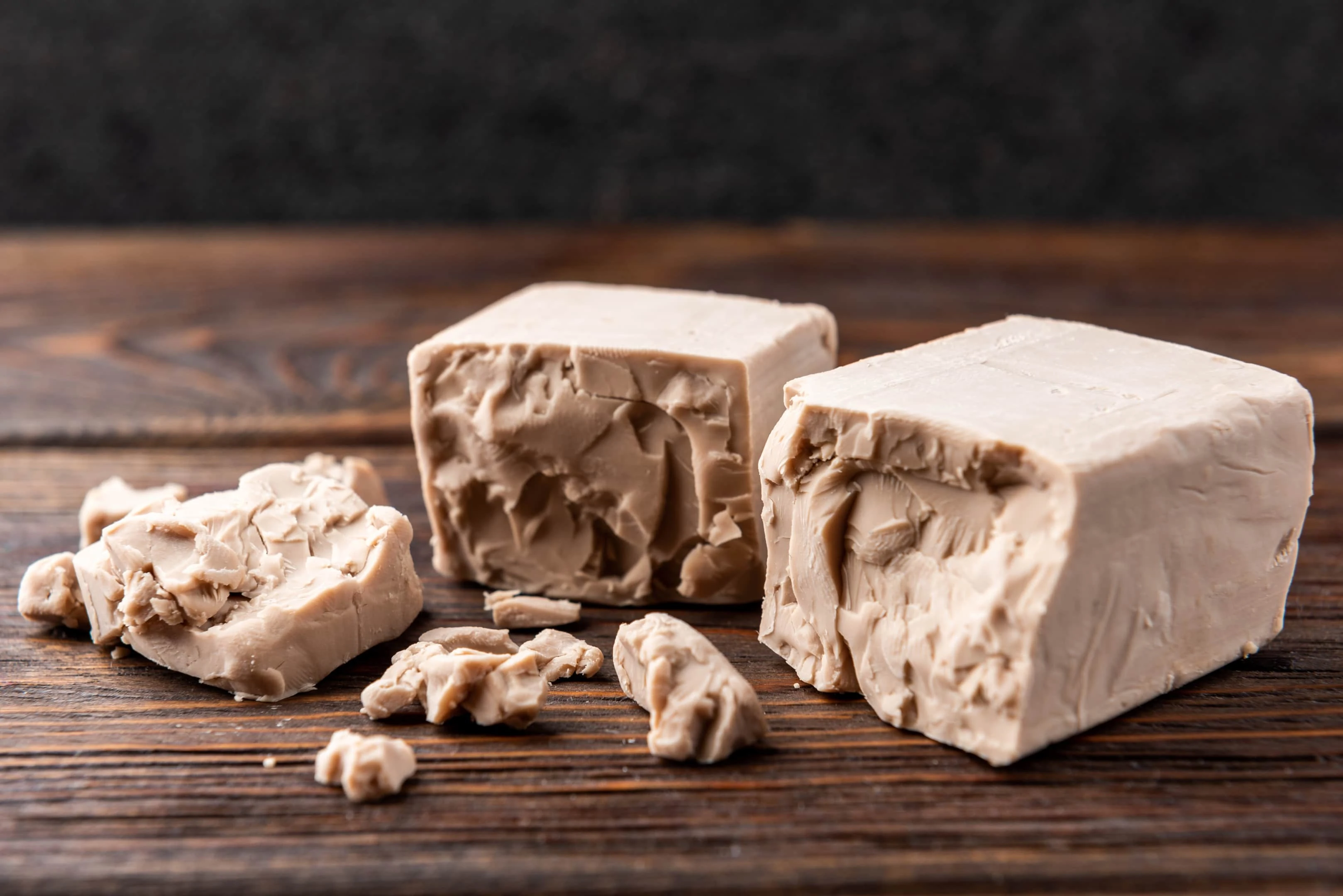
For strict vegans who continue to maintain the belief that yeast is a living organism/animal and thus should be avoided, the alternative option is nutritional yeast. That being said, it is made from the same species as baker’s and brewer’s yeast, S. cerevisiae. Nutritional yeast is grown on sugar-rich foods like molasses or sugar cane over several days, then it is heat-deactivated, harvested, washed, dried, crumbled into powder or flakes, and packaged for distribution. It is available unfortified and fortified:
- Unfortified — It contains only the naturally occurring vitamins and minerals produced by the yeast cells.
- Fortified — Vitamins are added during the manufacturing process to increase the nutrition profile. This is the most commonly available type of nutritional yeast.
Nutritional yeast has an excellent nutrition profile:
- Naturally free from fat (making it safe for weight-loss diets), sugar (making it suitable for diabetics), and gluten (safe for people with celiac disease).
- Low in sodium and calories.
- Rich in B vitamins. One tablespoon contains 30–180% of the RDI. Fortified nutritional yeast is even more abundant in thiamine, riboflavin, niacin, vitamin B6, B9, and vitamin B12. It can particularly help to prevent Vitamin B12 deficiency in vegans, which is important for a healthy nervous system, DNA production, energy metabolism, and red blood cell production. Vitamin B9 helps to prevent spina bifida and other birth defects in pregnant women and the unborn child.
- A complete protein, containing all nine essential amino acids. One tablespoon contains 2 grams of protein, making it a great source of protein for vegans to add high-quality protein to meals.
- A good source of trace minerals (zinc, selenium, manganese, and molybdenum), with one tablespoon containing 2–30% of the RDI.
- Rich in powerful antioxidants such as glutathione and selenomethionine, which help to protect body cells against free radical and heavy metal damage, thereby lowering the risk of developing chronic diseases.
- Capable of boosting immunity and may lower cholesterol, due to the presence of beta-glucan and alpha-mannan.
Using nutritional yeast

Nutritional yeast is usually sold in health food stores in the form of flakes, granules, and powder. Yeast should be stored in a cool, dry place away from moisture and light. This helps to preserve its nutritive value. Properly stored yeast can last up to two years. Nutritional yeast does not require cooking or preparation. Here are some ideas to use it:
- Sprinkled over popcorn or on pasta in the same way as parmesan cheese
- Added to soups for an umami flavor
- Stirred into vegan sauces as a ‘cheese’ flavoring
- Used to thicken soups and sauces
Some delicious foods to try with nutritional yeast:
- Pumpkin mac and cheese
- Cashew mozzarella
- Almond parmesan
- Vegan pizza using creamy garlic sauce with nutritional yeast
- Nutritional yeast in vegan cheese fondue for nachos
- Vegan eggs using tofu and nutritional yeast
- Vegan butter (nutritional yeast is said to have a natural buttery flavor)
Controversy surrounding nutritional yeast — is it healthy for vegans?
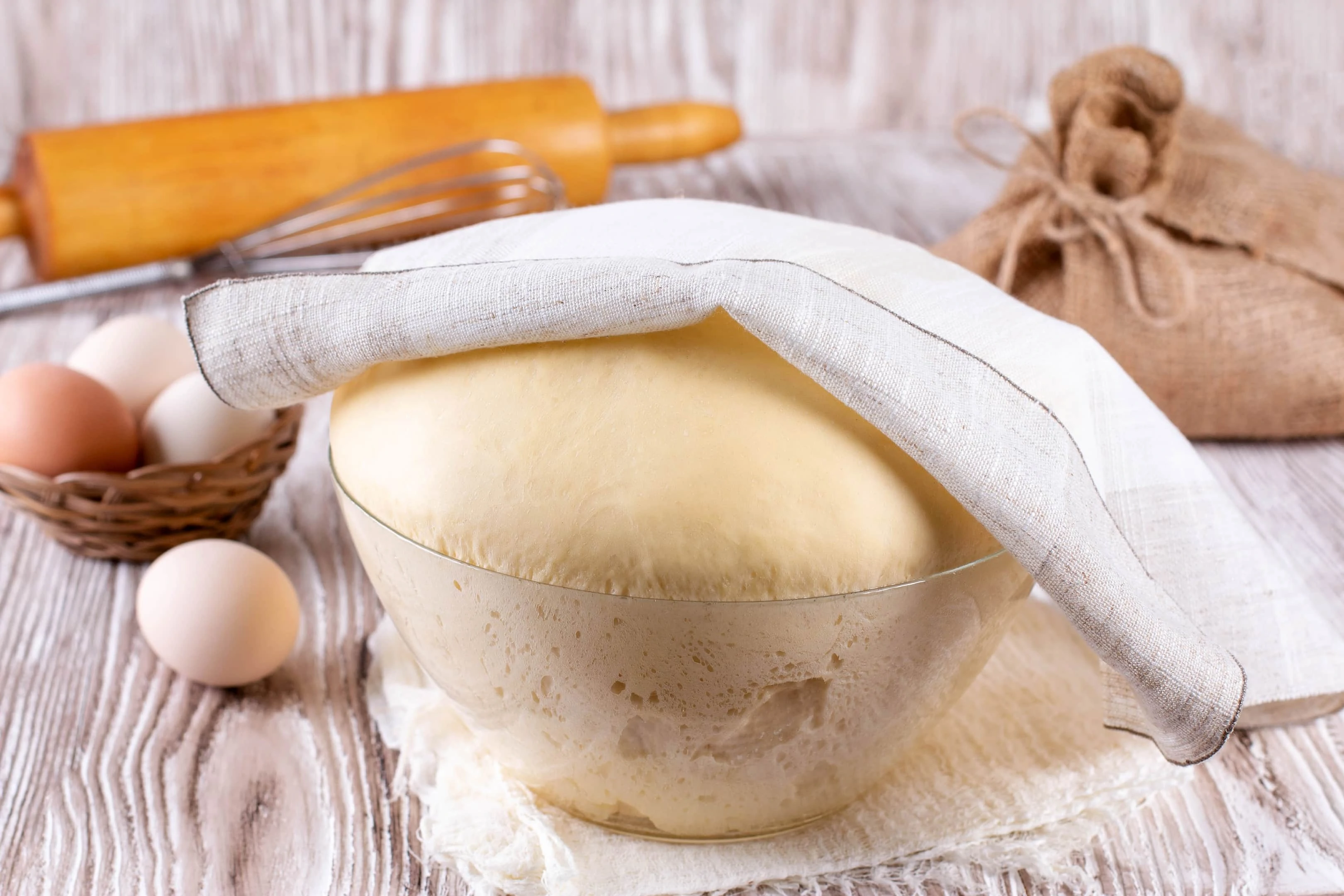
Like any curious and health-conscious vegan, you’ve likely heard about the controversy regarding nutritional yeast. Many people follow a vegan diet not only because of animal cruelty related issues but also because it is generally labeled as a healthier option. Nutritional yeast contains monosodium glutamate (MSG), a food additive derived from glutamic acid (an amino acid) that is used to provide a savory, meaty, and umami flavor to foods. MSG isn't intentionally added to nutritional yeast during production, but rather occurs as a result of the production process.
So, what’s the issue?
Glutamic acid acts as a neurotransmitter in the brain. Foods with naturally occurring glutamic acid contain bound, unbound, and mostly healthy glutamic acid. However, foods with unnatural i.e., ‘processed free glutamic acid’ are considered unhealthy. Nutritional yeast contains free glutamic acid. This free glutamic acid is referred to as an excitotoxin, which can cause impaired brain function by over-stimulating and causing the death of the neurons. Long term, this can cause neurodegenerative conditions such as Alzheimer’s Disease and Parkinson’s Disease.
Here are some reasons why you may choose to avoid nutritional yeast:
- Most brands are genetically modified.
- The presence of MSG, which can cause neurological disorders.
- You may experience headache, dizziness, light-headedness, loss of balance, as well as cardiac, gastrointestinal, and respiratory issues due to MSG.
Now with all this being said, it is unlikely that nutritional yeast is your only source of MSG. The negative effects of MSG typically only occur at excessive doses. Therefore, moderate consumption of MSG from all foods in your diet is important.

A writer passionate about wellness, nutrition, and intentional living. She creates engaging, research-based content that empowers readers to live healthier lives. Through every article, she brings clarity, inspiration, and a touch of everyday practicality. Read more about Juliana.



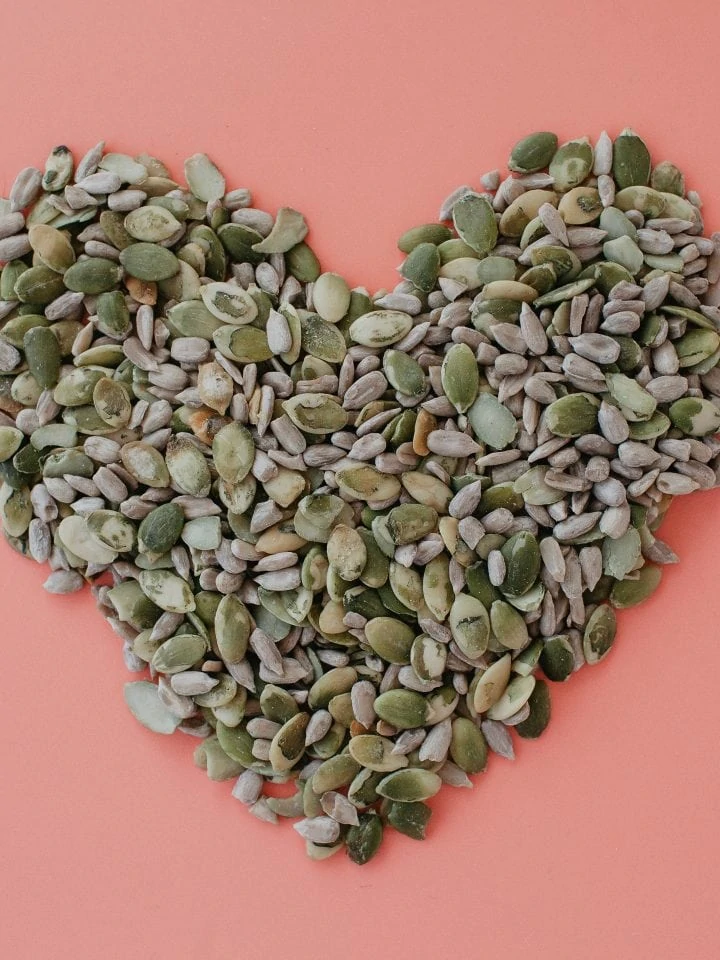



Comments
No Comments